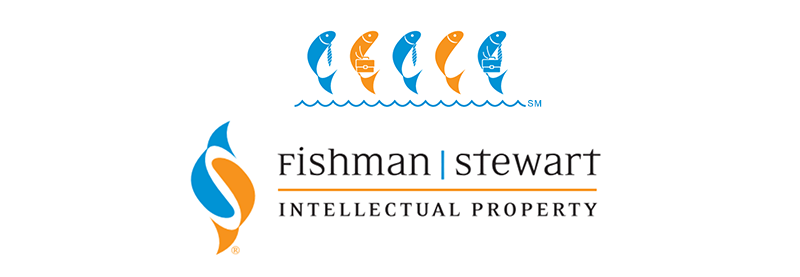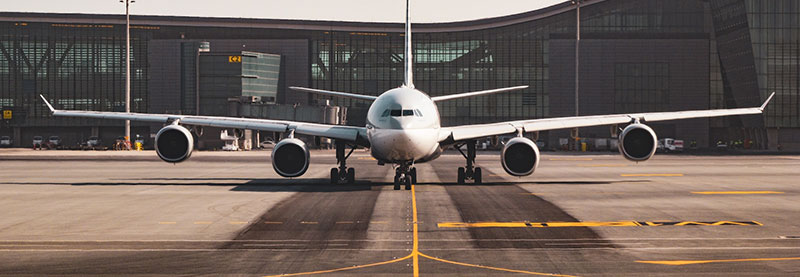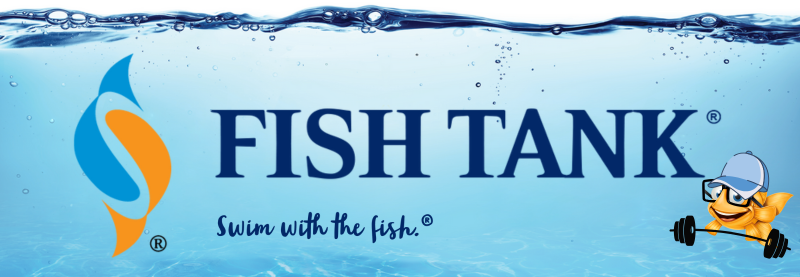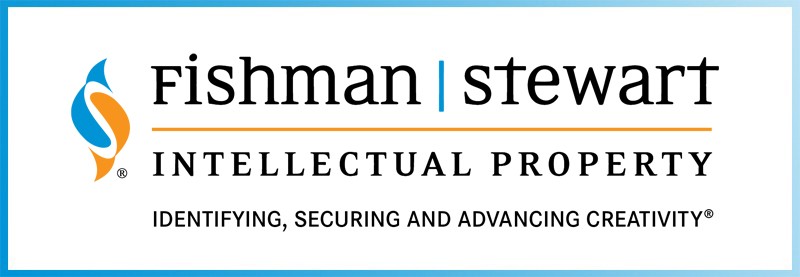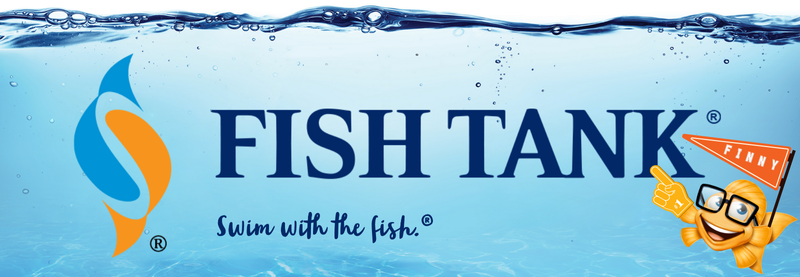Intellectual Property Insights from Fishman Stewart
Mini Article – Volume 23, Issue 19
Share on Social
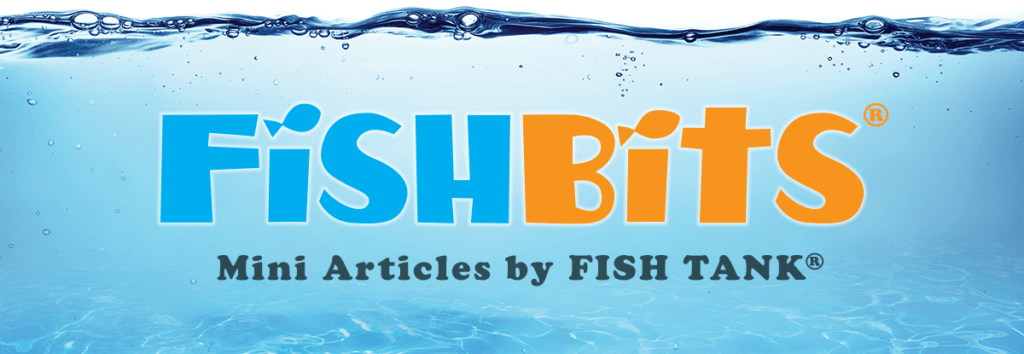
Dressed to Travel
By Alexander JSW Johnson
Trademarks travel. In many ways, that’s one of the primary purposes of a trademark—to distribute the reputation of the brand’s owner widely and efficiently. It is for this reason that trademark registrations issued by the U.S. Trademark Office are entitled to nationwide rights.
Sometimes trademark attorneys also travel, and yours truly is about to take a flight for a family vacation this weekend—which naturally got me thinking about trademarks-in-flight: airplane trademarks.
Names like UNITED and DELTA are quite famous, but there are trademarks for planes and designs of planes themselves. These types of trademarks are often referred to as “Trade Dress.”
Trade dress does not refer to a full-body, legless garment for wearing on Wall Street (though that might be a good brand idea for a quippy clothier in Manhattan). Trade dress means the way one’s trade has dressed itself—symbols and indicia associated with the presentation of goods or services.
For example, Boeing has registered a trademark for the physical shape of the plane’s fuselage (body of the plane), as shown by the solid line portion of the image below.

The next aircraft design protected by trade dress gets a special shout-out from this Cedar Rapids, Iowa, native: the American Eagle Regional Jet. These smaller regional planes provided connections for me and my fellow Cedar Rapidians to major airports like Chicago O’Hare (and beyond, usually—if Chicago was the final stop, we drove).

Speaking of Chicago, Southwest Airlines operates 260 daily flights from Midway. As the most recognizable trade dress in this article, the Southwest plane below stands out.

Why do some brands claim shapes or contours of a plane, others the colors and patterns? Why do some claim airplanes as goods and others transportation as a service?
Well, Boeing registers its airplane shape for goods because it won’t put its artwork on the plane’s exterior; that’s for its customers, i.e., the airlines, to do.
Similarly, American Airlines and Southwest do not claim rights in the planes’ shapes because they purchase the planes from Boeing and other plane manufacturers. The airlines then place their marks on those aircraft, and they sell air travel to their customers, i.e., the passengers like you and me.
Next time you check in for your flight, check out your plane’s contours and attire. It’d be a win for me if you looked at the plane and thought, “hey, nice dress—trade dress, that is.”
Alexander JSW Johnson is an attorney at Fishman Stewart with more than 10 years of extensive experience in trademark and intellectual property matters. He works in the firm’s Trademark Practice Group. He holds a B.A. in Art (studio emphasis) and Journalism.
Published October 20, 2023
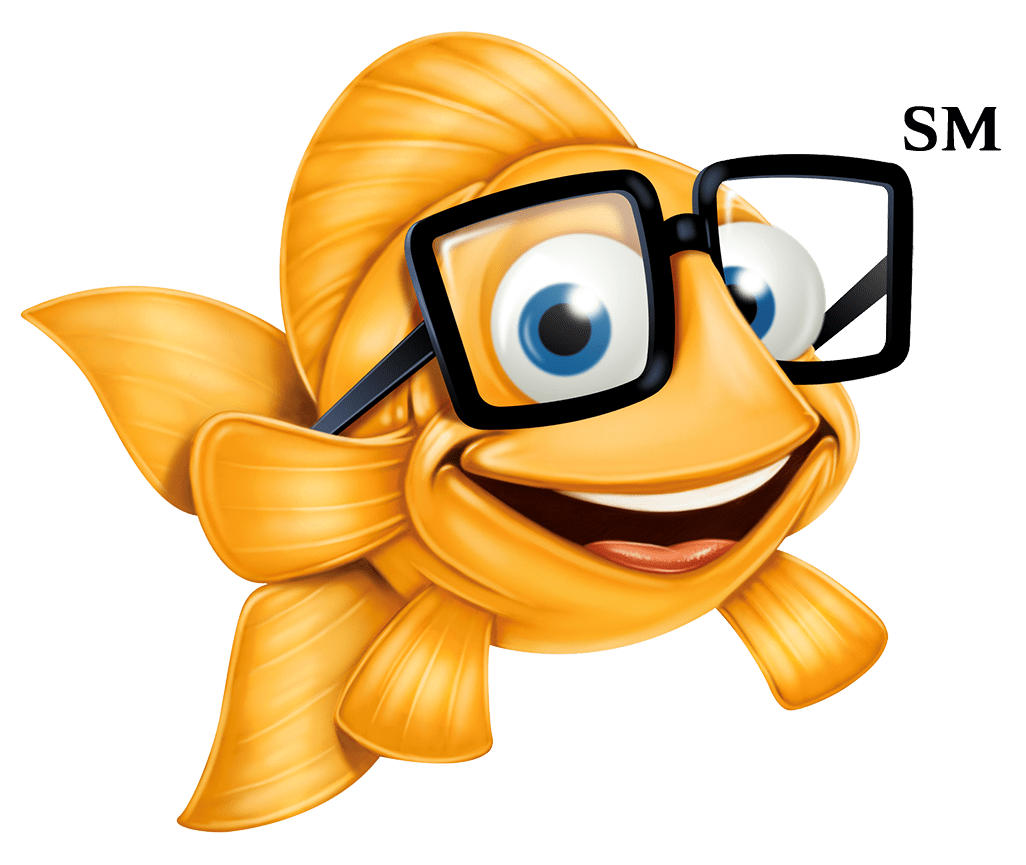

Related Content from Fishman Stewart
People have long pondered whether or not the Giza pyramids were indeed solely burial chambers, which was the only known, and archaeologically determined, use—until now.
By 1930, efforts began in New York to replace Mother's Day with Parent's Day because men were more than just breadwinners. Those efforts didn't catch on, probably because in that era, women often spent more time in the home.
In February, Nike and Skims announced that they will be working together on a new brand, NikeSkims. The co-brand will create a new line of training apparel, footwear, and accessories specifically designed to meet the unique needs of women athletes.
Generally, federal courts have exclusive jurisdiction over copyright cases, and often, this presents an insurmountable paywall for individual artists and small businesses to vindicate their rights, especially where the value of the individual copyrighted works are relatively low.
Dedicated to raising public awareness about the importance of encouraging innovation and creativity throughout the world, the World Intellectual Property Organization (WIPO) annually observes World Intellectual Property Day on April 26 to showcase the role that patents, trademarks, industrial designs, copyrights and trade secrets play in our everyday lives.
Hold onto your foam fingers, sports fans – college sports just got a whole lot more interesting! The latest updates to Name, Image, and Likeness (NIL) rules are making student-athletes bigger than ever, and it’s not just about the game anymore.
Did a federal court in Louisiana recently decide that US copyrights are global rights? It seems so.
One of his most famous songs, “Lose Yourself” was recently at the center of a lawsuit. In 2019, Eminem’s publishing company Eight Mile Style sued Spotify claiming that Spotify streamed a number of its musical compositions without proper licenses.
One of the most common challenges is whether AI should be free to train on data that is protected by copyright and owned by third parties without first obtaining permission.
The U.S. Copyright Office (USCO) recently published its latest report on AI and “copyrightability.” In short, the USCO considers only some AI-generated works to be sufficiently creative as to deserve copyright protection, and thus, registration.
IDENTIFYING, SECURING AND ADVANCING CREATIVITY®
